Prices in AUD. Shipping worldwide. Flat rate $8 postage per order within Australia. International by weight calculated at checkout. Read full terms.
-
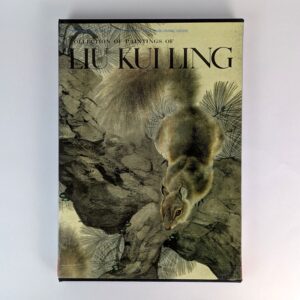
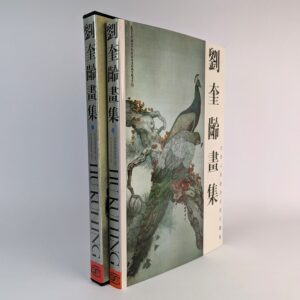
Collection of Paintings of Liu Kui Ling
AU$150.00 Read MoreAdd to cartLiu Kui Ling
Tianjin: People’s Fine Arts Publishing House, 1989. -
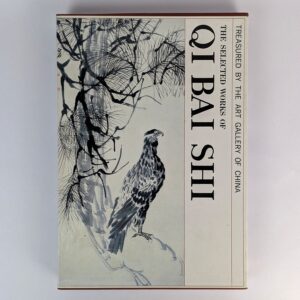
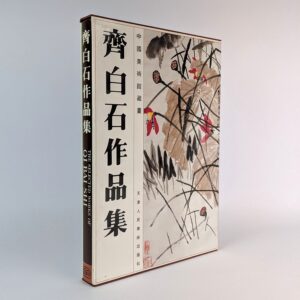
The Selected Works of Qi Bai Shi
AU$100.00 Read MoreAdd to cartQi Bai Shi
Tianjin: People’s Fine Arts Publishing House, 1990. -
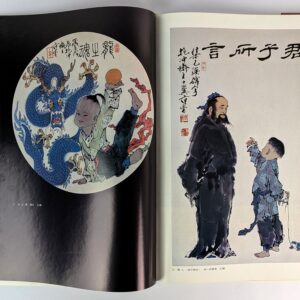
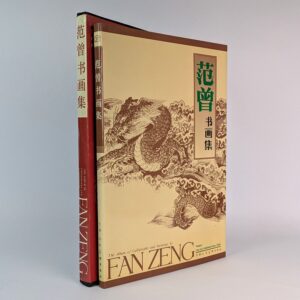
The Album of Calligraphy and Paintings by Fan Zeng
AU$100.00 Read MoreAdd to cartFan Zeng
Tianjin: People’s Fine Arts Publishing House, 1989. -
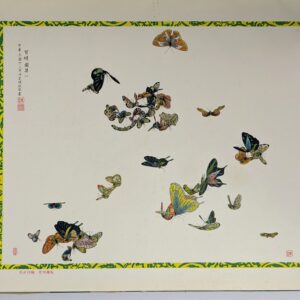
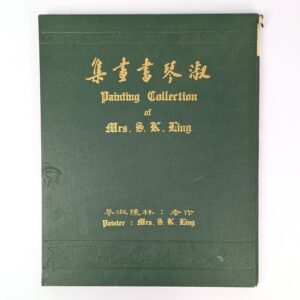
Painting Collection of Mrs. S. K. Ling
AU$250.00 Read MoreAdd to cartS. K. Ling
Kowloon: C. S. Ling, 1935.Foreword and epilogue is in English and Chinese, primarily illustrations. 32 colour plates and one colour photograph of Mrs. S. K. Ling.
-
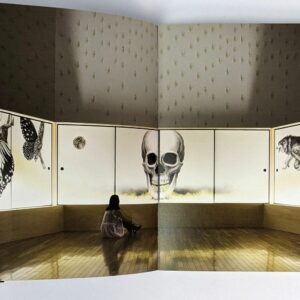
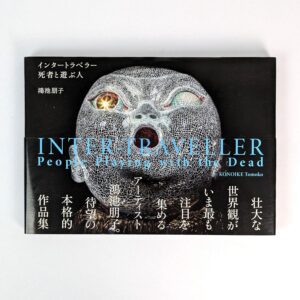
Inter-Traveller: People Playing with the Dead
AU$60.00 Read MoreAdd to cartTomoko Konoike
Tokyo: Hatori Press, 2009. -
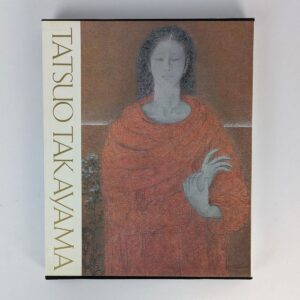
Tatsuo Takayama
AU$100.00 Read MoreAdd to cartTatsuo Takayama
Tokyo and New York: Kodansha, 1987.Monograph of Japanese modern and contemporary artist Tatsuo Takayama (1912-2007).
-
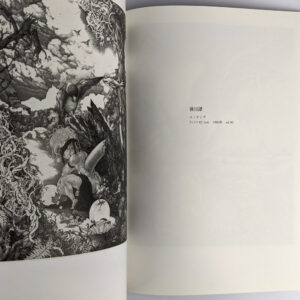

Dobangaka kiyohara keiko sakuhinshu
AU$200.00 Read MoreAdd to cartKeiko Kiyohara
Tokyo: Abe Shuppan, 2017.Monograph of Japanese printmaker Keiko Kiyohara (1955-1987). This copy with the catalogue, The Etcher, Kiyohara Keiko Retrospective, from the Hachioji Yumi Art Museum (2017) laid in.
-
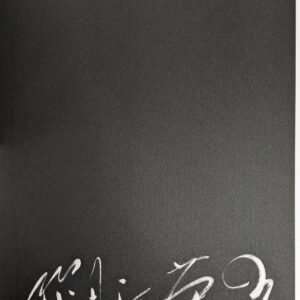
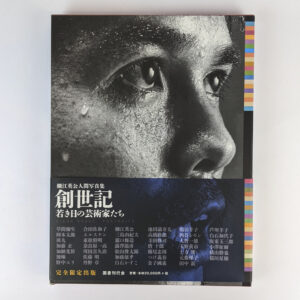
Soseiki: Wakaki hi no geijutsukatachi / Eikoh Hosoe Portraits
AU$450.00 Read MoreAdd to cartEikoh Hosoe
Tokyo: Kokusho Kankokai, 2012.125 mostly previously unpublished portraits of 35 of Japan’s leading 20th century artists in their youth. Features butoh dancers, writers, artists, and creatives such as Yayoi Kusama, Yukio Mishima, Kazuo Ohno, Tatsumi Hijikata, Min Tanaka, Akira Sato, Yoko Ashikawa, Masuo Ikeda, Shuji Terayama, and others. Limited to 1,500 unnumbered copies, this copy signed by Eikoh to the front free endpaper.
-
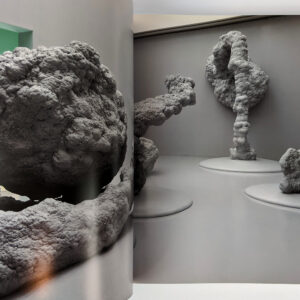
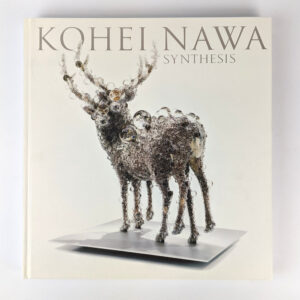
Synthesis
AU$1,200.00 Read MoreAdd to cartKohei Nawa
Tokyo: AKAAKA Art Publishing, 2011.The extensive catalogue accompanying the 2011 solo exhibition at the Museum of Contemporary Art Tokyo, the first to present a comprehensive view of all of Nawa’s work to date. Includes an original work by Kohei Nawa mounted in an enclosure on the lower board.
-
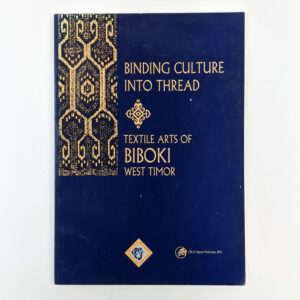
Binding Culture into Thread: Textile Arts of Biboki, West Timor
AU$50.00 Read MoreAdd to cartFiona Leibrick
Darwin: Museums & Art Galleries of the Northern Territory / The Centre for Southeast Asia Studies, Northern Territory University, 1994. -
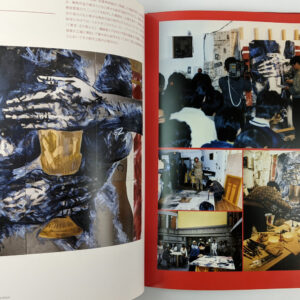
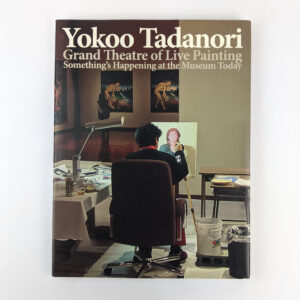
Yokoo Tadanori: Grand Theatre of Live Painting: Something’s Happening at the Museum Today
AU$150.00 Read MoreAdd to cartYokoo Tadanori
[Kobe]: Yokoo Tadanori Museum of Contemporary Art, 2019.Published to accompany the 2019 exhibition dedicated to works that Tadanori created in front of live audiences. Tadanori thrives on the focus, and the energy, that painting in public provides and this catalogue includes photos of audiences observing the artist.
-
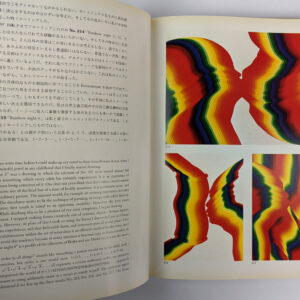
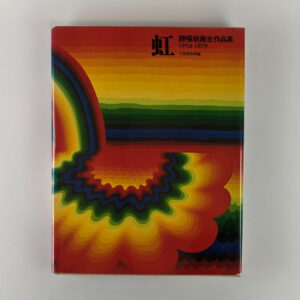
Ay-O’s Rainbow Prints: Catalogue Raisonne, 1954-1979
AU$200.00 Read MoreAdd to cartAy-O
Tokyo: Sohbun-Sha, 1979.Ay-O’s signature rainbow prints, made famous at the 1966 Venice Biennale, are showcased in this catalogue along with some of his other significant works. During the 1960s and 1970s Ay-O (1931-) was at the forefront of the Fluxus movement, an international community of artists, including Yoko Ono, who emphasized the importance of art making over the finished product. Numbered first edition of 200 copies, of which this is number 47.
-
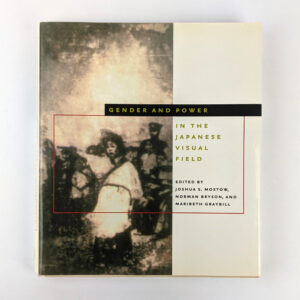
Gender and Power in the Japanese Visual Field
AU$80.00 Read MoreAdd to cartJoshua S. Mostow; Norman Bryson: Maribeth Graybill
Honolulu: University of Hawai’i Press, 2003. -
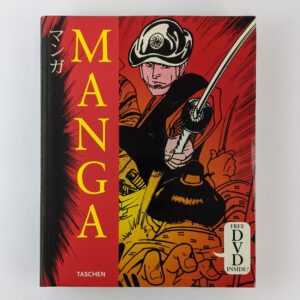
Manga Design
AU$30.00 Read MoreAdd to cartMasano Amano
Koln: Taschen, 2004.DVD includes interviews, a Tokyo Manga-shop tour, and 900 Manga covers.
-
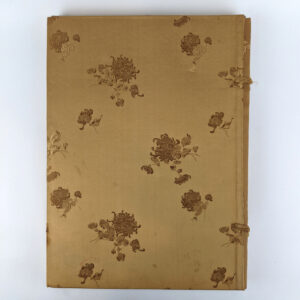
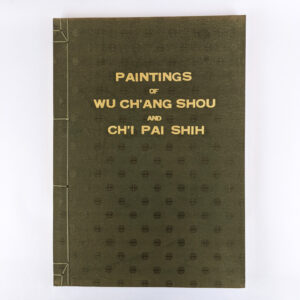
Paintings of Wu Ch’ang Shou and Ch’i Pai Shih
AU$400.00 Read MoreAdd to cartMungo K. L. Yao
Taipei: China Art Printing Works, No date.Scarce collection of two Chinese painters, Qi Baishi and Wu Changshuo. Contains 60 full page illustrations. Contains a short essay and index in English and Chinese.
-
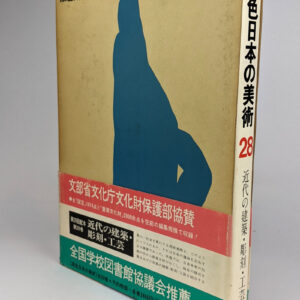
![Genshoku Nihon no Bijutsu [Primary Colours of Japanese Art] (30 Volumes)](https://www.thebookmerchantjenkins.com/wp-content/uploads/0032313-300x300.jpg)
Genshoku Nihon no Bijutsu [Primary Colours of Japanese Art] (30 Volumes)
AU$2,200.00 Read MoreAdd to cartTerukazu Akiyama
Tokyo: Shogakkan, 1966-1972.A complete set of large format pictorial Japanese encyclopedias on Japanese history, religion, art, culture, architecture, antiquities, and more. Most volumes are first printings, with the occasional reprint. Each volume is dedicated to a different subject. Full list of titles: 1. Genshi bijutsu [Ancient Japanese Art]; 2. Horyuki [Horyu-ji Temple]; 3. Nara no jiin to Tenpyo chokoku [Temples and Sculptures in Nara in the Tenpyo Period]; 4. Shosoin; 5. Mikkyo jiin to Jogan chokoku [Esoteric Buddhism Temples and Jogan Sculptures]; 6. Amidado to Fujiwara chokoku [Amidado and Fujiwara Sculpture]; 7. Butsuga [Buddhist Painting]; 8. Emakimono 9. Chusei jiin to Kamakura chokoku [Medieval Temples and Kamakura Sculpture]; 10. Zendera to sekitei [Zen Temples and Rock Gardens]; 11. Suibokuga [Ink Painting]; 12. Shiro to shoin [Architecture of Castles and Halls]; 13. Shoheiga [Screen Paintings]; 14. Sotatsu to Korin [Japanese Illustrators]; 15. Katsurarikyu to chashitsu [Katsura Imperial Villa and Tea Room]; 16. Jinja to reibyo [Shrines and Mausoleums]; 17. Ukiyoe; 18. Nanga to shaseiga [Japanese Painting]; 19. Togei [Pottery]; 20. Senshoku, shikko, kinko [Dyeing and Weaving, Lacquer work, Metalwork]; 21. Katchu to token [Armour and Swords]; 22. Sho [Calligraphy]; 23. Men to shozo [Portraits]; 24. Fuzokuga to ukiyoeshi [Genre paintings and Ukiyo-e artists]; 25. Nanban Bijutsu to yofuga [Nanban art and Western-style painting]; 26. Kindai no Nihonga [Modern Japanese Painting]; 27. Kindai no yoga [Modern Western Paintings]; 28. Kindai no kenchiku, chokoku, kogei [Modern Architecture, Sculpture, and Crafts]; 29. Shorai bijutsu (kaiga, sho) [Painting and Calligraphy)]; 30. Shorai bijutsu togei [Pottery].
-
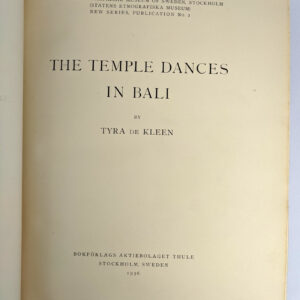

The Temple Dances in Bali
AU$3,000.00 Read MoreAdd to cartTyra de Kleen
Stockholm: Bokforlags Aktiebolaget Thule, 1936.Tyra Kleen (1874-1951) was a Swedish artist, ethnographic researcher, keen theosophist, cosmopolitan woman of the world, and a founding member of Foreningen Svenska Konstnarinnor (The Association of Swedish Women Artists). Kleen studied painting in Germany and France, lived and socialised with the cultural elite in Rome at the turn of the 19th century, and travelled, exhibited, and socialised extensively around the world. A fiercely independent character, despite rampant misogyny, she managed to skilfully manoeuvre and at times manipulate to achieve her ambitious goals. She spent many years throughout the 1910s and 1920s in Indonesia, studying ceremonial dance, and produced a number of books on dance, theatre, and ritual in Java and Bali, and in 1938 was awarded the Johan August Wahlberg for her work there. The Temple Dances in Bali includes short text on the Legong, Chalon Arong, and Joghed dances, costume, and music, with illustrations in the text, complimented by numerous captioned plates by Kleen. First published in Swedish in a limited edition of 300 copies as Tempeldanser och musikinstrument pa Bali, and here translated into English for the first time. The Ethnographical Museum of Sweden, Stockholm (Statens Etnografiska Museum) New Series, Publication No. 2.
-
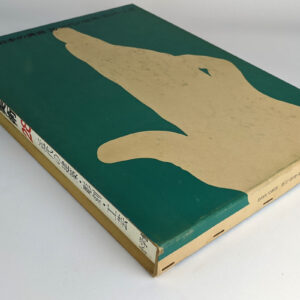
![Genshoku Nihon no Bijutsu 28 [Primary Colours of Japanese Art 28: Modern Architecture, Sculpture, Crafts]](https://www.thebookmerchantjenkins.com/wp-content/uploads/0019524-300x300.jpg)
Genshoku Nihon no Bijutsu 28 [Primary Colours of Japanese Art 28: Modern Architecture, Sculpture, Crafts]
AU$85.00 Read MoreAdd to cartTerukazu Akiyama
Tokyo: Shogakkan, 1972. -
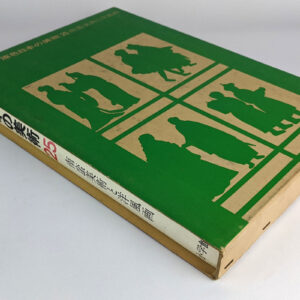
![Genshoku Nihon no Bijutsu 25 [Primary Colours of Japanese Art 25: Nanban Art and Western-style Painting]](https://www.thebookmerchantjenkins.com/wp-content/uploads/0019523-300x300.jpg)
Genshoku Nihon no Bijutsu 25 [Primary Colours of Japanese Art 25: Nanban Art and Western-style Painting]
AU$85.00 Read MoreAdd to cartTerukazu Akiyama
Tokyo: Shogakkan, 1970. -

![Genshoku Nihon no Bijutsu 10 [Primary Colours of Japanese Art 10: Zen Temple and Stone Garden]](https://www.thebookmerchantjenkins.com/wp-content/uploads/0019521-300x300.jpg)
Genshoku Nihon no Bijutsu 10 [Primary Colours of Japanese Art 10: Zen Temple and Stone Garden]
AU$85.00 Read MoreAdd to cartTerukazu Akiyama
Tokyo: Shogakkan, 1967.
